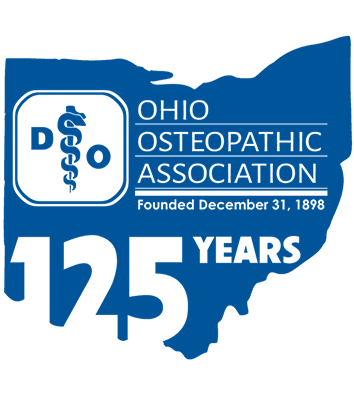CMS Approves Governor's Medicaid Expansion Plan
As part of a strategy to expand Medicaid in Ohio by executive order, the Centers for Medicare and Medicaid Services (CMS) has approved a plan from the Kasich administration to cover Ohioans earning up to 138 percent of the federal poverty level.
The proposal, made possible by provisions in the Patient Protection and Affordable Care Act (ACA), is expected to provide insurance coverage to another 275,000 working Ohioans and bring an estimated $13 billion to state coffers over the next six years. The ACA requires the federal government to fund 100 percent of the cost of expanding Medicaid for three years, beginning in 2014. After that, federal support would gradually be reduced, reaching 90 percent in 2020.
After gaining CMS approval, Oct 10, Ohio Medicaid Director John McCarthy requested authority from the State Controlling Board to spend federal-only funds to extend Medicaid Coverage. According to administration officials, Controlling Board approval at its October 21st meeting is the only action that is needed to put state expansion plans in motion.
Gov. John Kasich has repeatedly said he would prefer that approval come from the General Assembly. However, all options have been on the table. Controlling Board approval preserves the principle of legislative oversight.
“We commend the Administration for pursuing a state plan amendment and taking the necessary steps to place the appropriation before the Controlling Board,” said OOA President Robert L. Hunter, DO. “We urge the Controlling Board to approve the appropriation.”
The Governor originally proposed Medicaid expansion as part of his biennial budget last spring. The legislature, however, stripped the proposal from the its final version before sending the Budget to the Governor for his signature in July. The Governor then used his line item veto authority to eliminate language specifically prohibiting expansion, leaving a window open for the proposal to move forward.
Medicaid expansion has support from major hospitals and physician organizations, coalitions of churches, health care advocacy groups, labor unions and business organizations like the Ohio Chamber of Commerce. On the other hand, conservative Republicans have blocked expansion efforts, citing costs and opposition to health care reform.
Approval of expansion in the Controlling Board is still uncertain and rests on obtaining four "yes" votes. The administration has one appointee on the board --Board President Randy Cole, a policy adviser at the Office of Budget and Management. The other six members are state legislators, including two Republicans and a Democrat from each legislative chamber.
Last month, expansion proponents, frustrated by the continuing stalemate in the legislature, began a petition drive to put the issue on the ballot. Initial signatures were turned in right after Labor Day, and ballot language has since been approved by the Ohio Attorney General and certified by the Secretary of State. Proponents are geared up to collect an additional 115,000 signatures, if the latest efforts to expand Medicaid fail.
More than a dozen bills have been introduced this month in the Ohio General Assembly to address Medicaid reform, cost control and fraud and abuse issues. HB 176, which establishes a new priority focus and program oversight, has been introduced in the house by State Rep. Barbara Sears (R-Sylvania), a strong proponent for expansion. Her bill also includes a so-called "circuit breaker" that would end expansion if federal match rates go down.
At the opposite end of the spectrum, Rep. John Becker (R-Union Twp.) has proposed reducing eligibility for parents from 90% FPL to 34%, reducing pregnant mothers' eligibility from 200% FPL to 133% FPL and removing the Medicaid Buy-in for workers with disabilities, which is currently 250% FPL.
Sen. David Burke (R-Marysville) has also introduced his own version of Medicaid Reform in the Senate, focusing on cost containment, increased accountability, and improved health outcomes. Under his bill, a Joint Medicaid Oversight Committee, made up of five members of the Ohio House of Representatives and five members of the Ohio Senate, would be responsible for new oversight.
Even if the Controlling Board acts positively on Oct 21, the possibility of legal challenges remain. For more information see the following:



